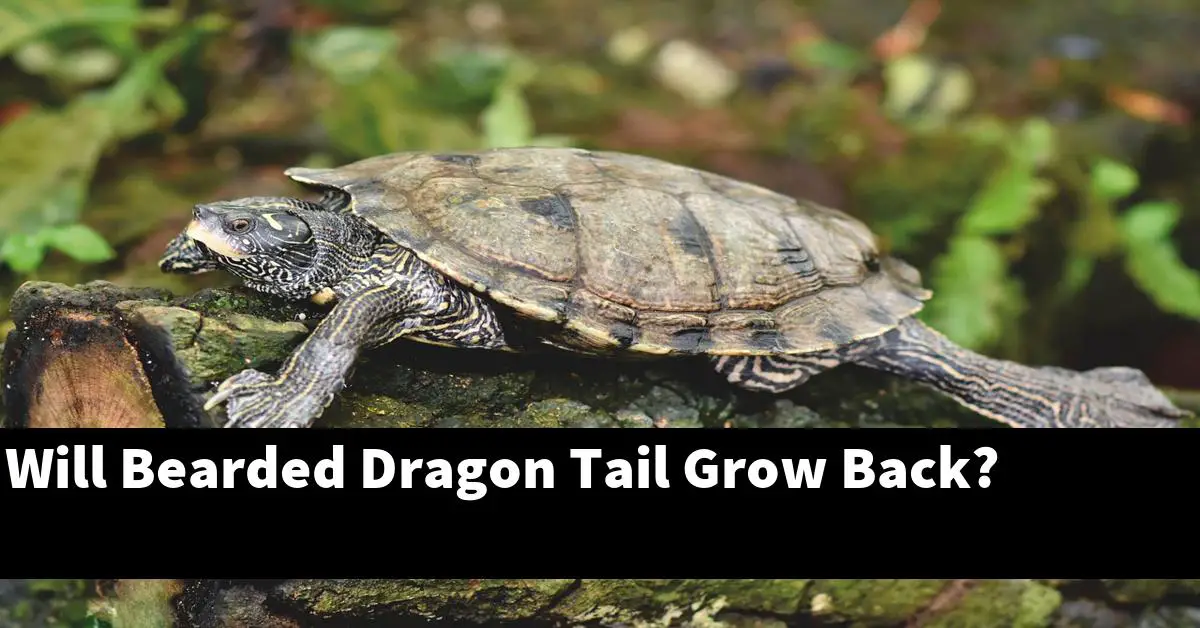Well, not always, it can take some time and proper care. In this article, we’ll discuss the process of a Bearded Dragon’s tail growing back and the steps you can take to help speed up the process.
Table of Contents
How to tell if your Bearded Dragon is healthy
To tell if your Bearded Dragon is healthy, you should look for the following signs:
- A healthy Bearded Dragon will have a plump, rounded body. If your Bearded Dragon is skinny or has a sunken appearance, this may be a sign of illness.
- A healthy Bearded Dragon will have clear eyes and no discharge. If your Bearded Dragon’s eyes are cloudy or there is discharge present, this may be a sign of illness.
- A healthy Bearded Dragon will have smooth, dry skin. If your Bearded Dragon’s skin is bumpy, scaly, or wet, this may be a sign of illness.
- A healthy Bearded Dragon will have a firm, pointed tail. If your Bearded Dragon’s tail is limp or has a kink in it, this may be a sign of illness.
- A healthy Bearded Dragon will have a healthy appetite. If your Bearded Dragon is not eating or has a decrease in appetite, this may be a sign of illness.
If you notice any of these signs, it is important to take your Bearded Dragon to the veterinarian for a check-up.
The bearded Dragon shedding process
Bearded dragons are lizards that are native to Australia. They are popular pets due to their docile nature and wide range of colors. Bearded dragons shed their skin as they grow. The shedding process usually takes place over the course of a few weeks.
The first sign that a bearded dragon is about to shed is that their skin will become dull and dry. They may also stop eating and become more lethargic. As shedding approaches, the skin will loosen and begin to peel away in patches.
The shedding process is helped along by bathing the dragon in warm water. This allows the skin to loosen and come off more easily. It is important to be gentle when bathing a shedding dragon, as their skin is very delicate.
Once the shedding is complete, the dragon’s skin will be bright and healthy-looking. Bearded dragons typically shed their skin once every few months.
Bearded Dragon tail regeneration
There are many reasons why a bearded dragon might lose its tail. Tail loss is a common occurrence in the wild and in captivity. Tail loss can be caused by predation, fighting, accidents, or disease. If a bearded dragon loses its tail, it will grow a new one. The new tail will not be exactly the same as the old one, but it will be functional.
Tail regeneration is a complicated process that involves many different cells and tissues. When a bearded dragon loses its tail, the stump is covered with a layer of skin and scales. Underneath this layer, the muscles and bones begin to regenerate. The process of regeneration is slow and can take several months to complete.
Bearded dragons are amazing creatures that have an incredible ability to regenerate their tails. If you have a bearded dragon, be sure to provide it with a safe and healthy environment to prevent tail loss.
Summary
A bearded dragon’s tail will grow back if it falls off in some cases. The new tail won’t be as long as the original tail, but it will be functional. If your bearded dragon’s tail falls off, take them to the vet to make sure there isn’t an underlying health condition causing the tail to fall off.

